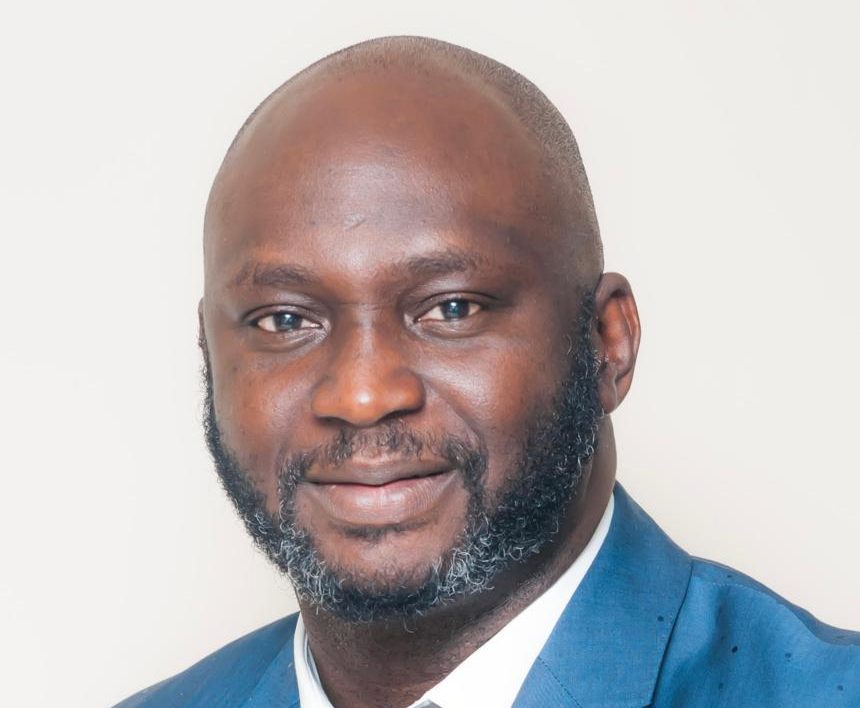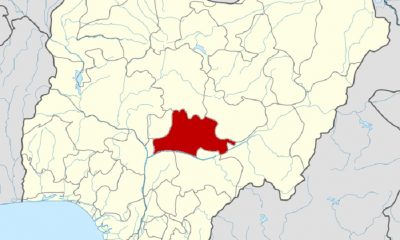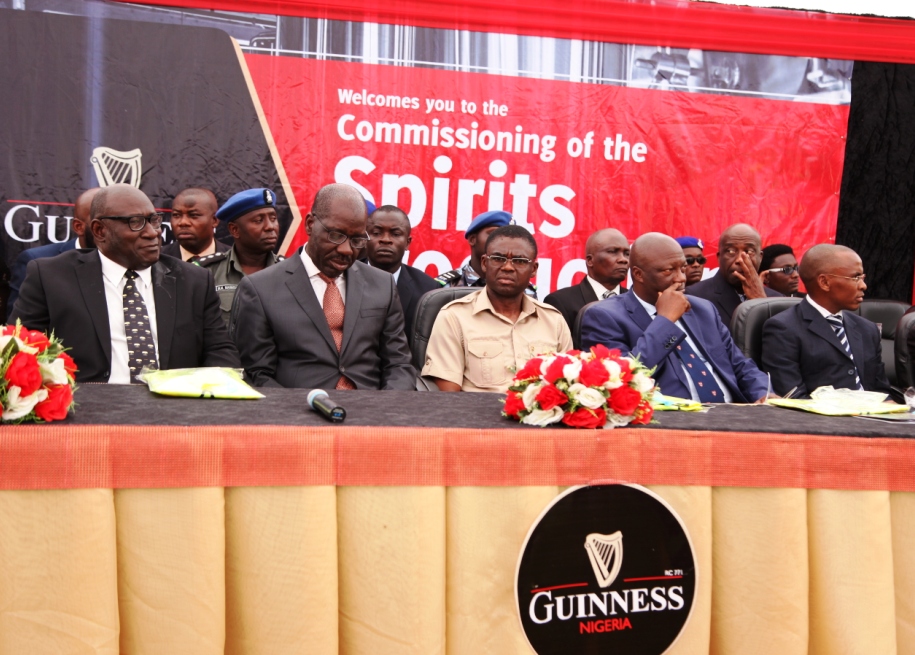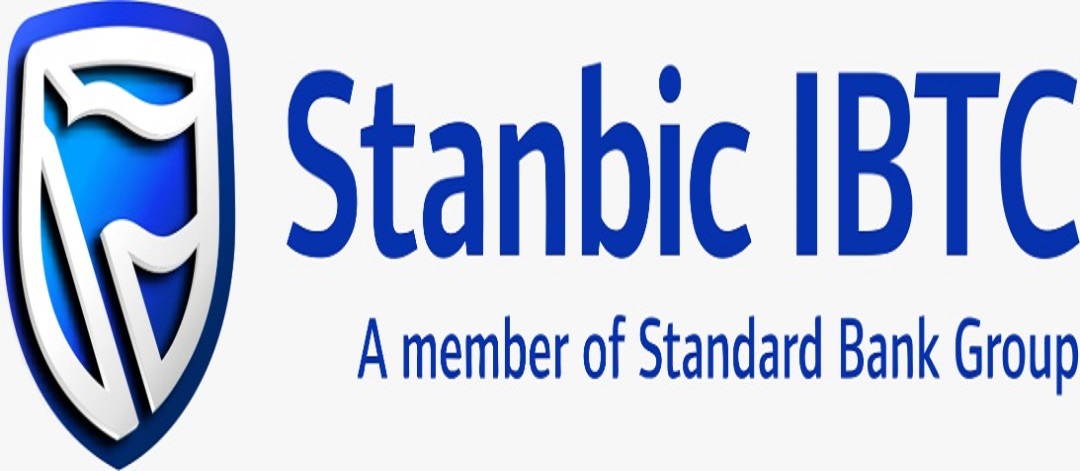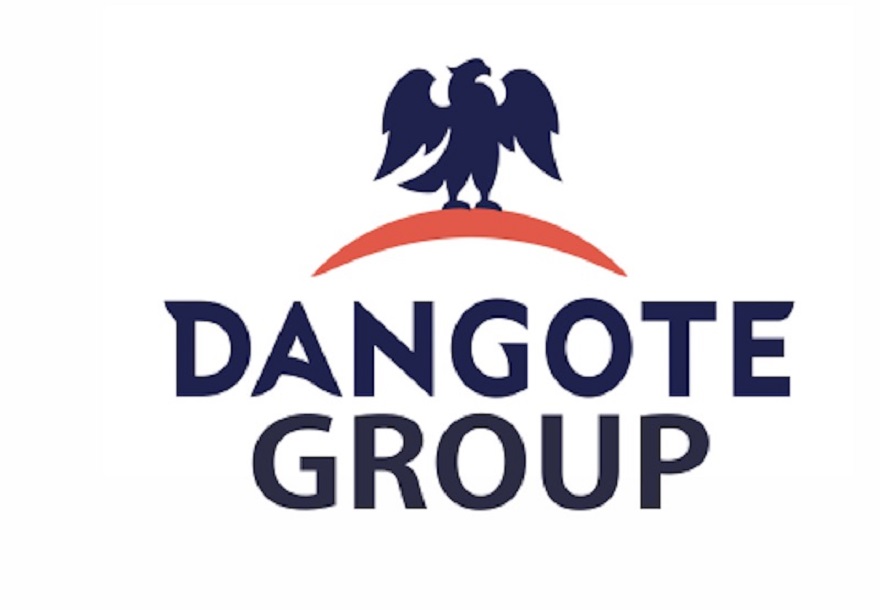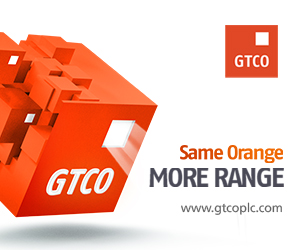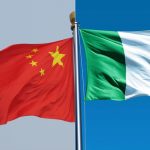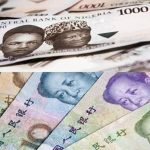World
IFC Invests $11.5bn in Africa’s Green Transition, Job Creation
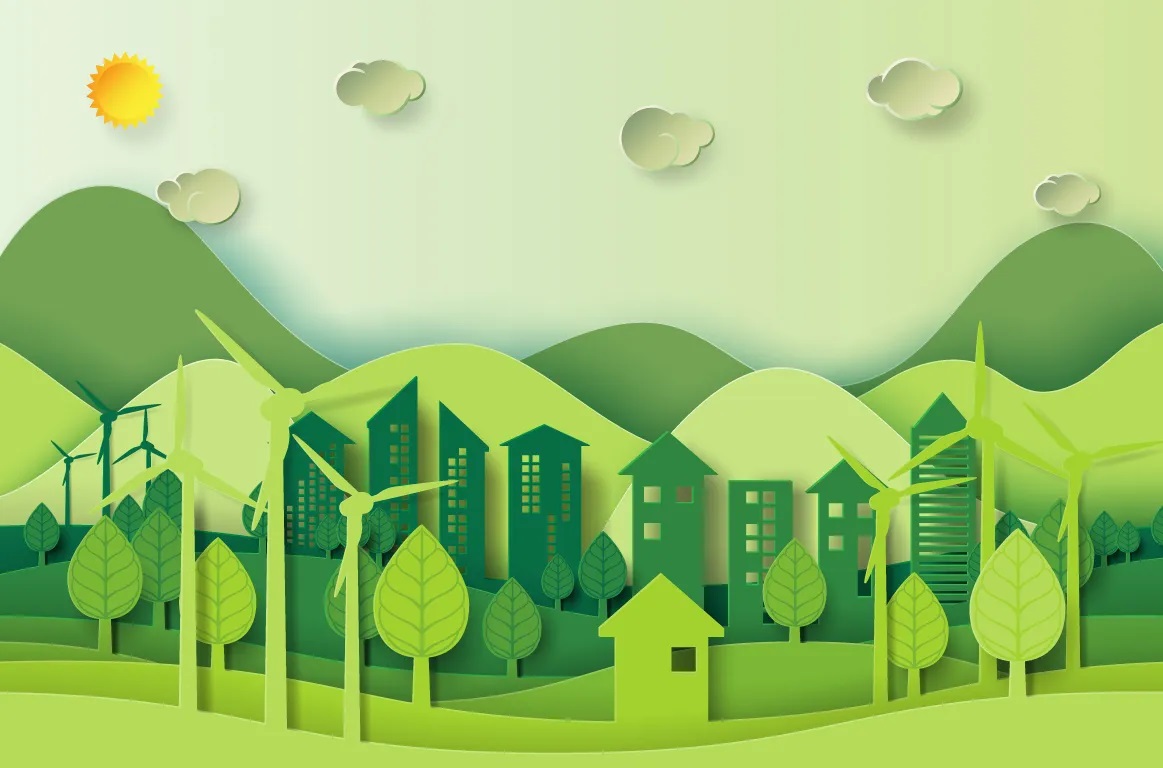
By Adedapo Adesanya
The International Finance Corporation (IFC) has disclosed that it made record financing in Africa to accelerate the continent’s energy transition, develop greener manufacturing, increase intra-Africa trade, strengthen smaller businesses, and boost local food production, including in more challenging fragile and conflict-affected regions in the fiscal year 2023.
In a statement corroborating the release of its numbers which spanned between July 1, 2022, and June 30, 2023, IFC disclosed that it put $11.5 billion in investments across 40 countries, the largest ever annual commitment for the continent.
Giving a breakdown, the World Bank agency said the support includes $1.12 billion in trade financing, $876 million for the continent’s green energy transition, and $1.98 billion to help smaller businesses grow and create jobs. IFC also provided $1.76 billion to boost digital connectivity, with investments in telecom towers, broadband, and mobile internet growth.
Out of the $11.5 billion, IFC provided $3.5 billion in short-term financing and mobilized $3.1 billion, with 40 percent of IFC’s own account financing dedicated to addressing climate change and 48 percent going to low-income and fragile and conflict-affected states.
Speaking on this, Mr Sérgio Pimenta, IFC Vice President for Africa said, “At difficult times like these, when the shockwaves of multiple crises are shaking economies worldwide, we are stepping up our work to support a resilient, inclusive, and greener private sector that is helping provide infrastructure and digital solutions while also tackling food security and climate change.
“Catalyzing increased private sector innovation and financing for addressing climate change, bridging gender gaps, and empowering the next generation of startup leaders has been at the forefront of our work this past year and will continue to drive our engagements as we work with partners to create jobs and opportunities for more people.”
As the continent accelerates its climate response and shifts to a net-zero world, IFC increased its financing for climate projects. This included $1.2 billion in financing to support financial institutions to expand their climate and sustainability lending, $1.1 billion to AMEA Power to build Egypt’s largest wind and solar plants, a €242 million financing package for Senegal’s Sococim Industries and a $500 million investment in BUA Cement in Northern Nigeria to promote greener, low-carbon cement manufacturing.
To strengthen digital connectivity, IFC and MIGA announced $1.3 billion in equity investments, loans, and guarantees to support Safaricom Ethiopia’s greenfield telecommunications network across Ethiopia.
And to empower more small businesses, IFC provided $208 million to partners in 12 countries through the Base of the Pyramid Program including on boarding new partners in Cameroon and Madagascar into the programme.
During the financial year, IFC’s Africa Fragility Initiative (AFI) supported 18 advisory projects focused on developing private sector capacity in the most nascent and fragile markets in Africa.
Also, IFC and its partners also announced four new projects through the Alliance for Entrepreneurship in Africa to support micro, small, and medium-sized enterprises and help address food insecurity, and increase trade and agricultural productivity and efficiency.
To further support the growth of women-owned businesses in Africa and to bridge gender gaps, IFC launched She WINS Africa, a program designed to unlock the potential of hundreds of women-owned startups with advice, training, mentorship, and improved access to finance. In Tanzania, IFC launched Anaweza: She Can, which is helping advance the role of women in Tanzania’s private sector.
In addition to its investments in Africa, IFC provided Advisory and Upstream Services with a portfolio of more than $445 million across 275 projects aimed at improving the investment climate and helping Africa create markets and attract investment. For example, IFC provided the governments of Cote d’Ivoire and Egypt support developing public-private partnerships that will unlock private investment in both countries’ infrastructure sectors.
In the last financial year, 22 per cent of the Advisory and Upstream spend was on projects focused on climate change, and 43 percent of all new projects approved supported improvements in gender equality.
World
Accelerating Intra-Africa Trade and Sustainable Development
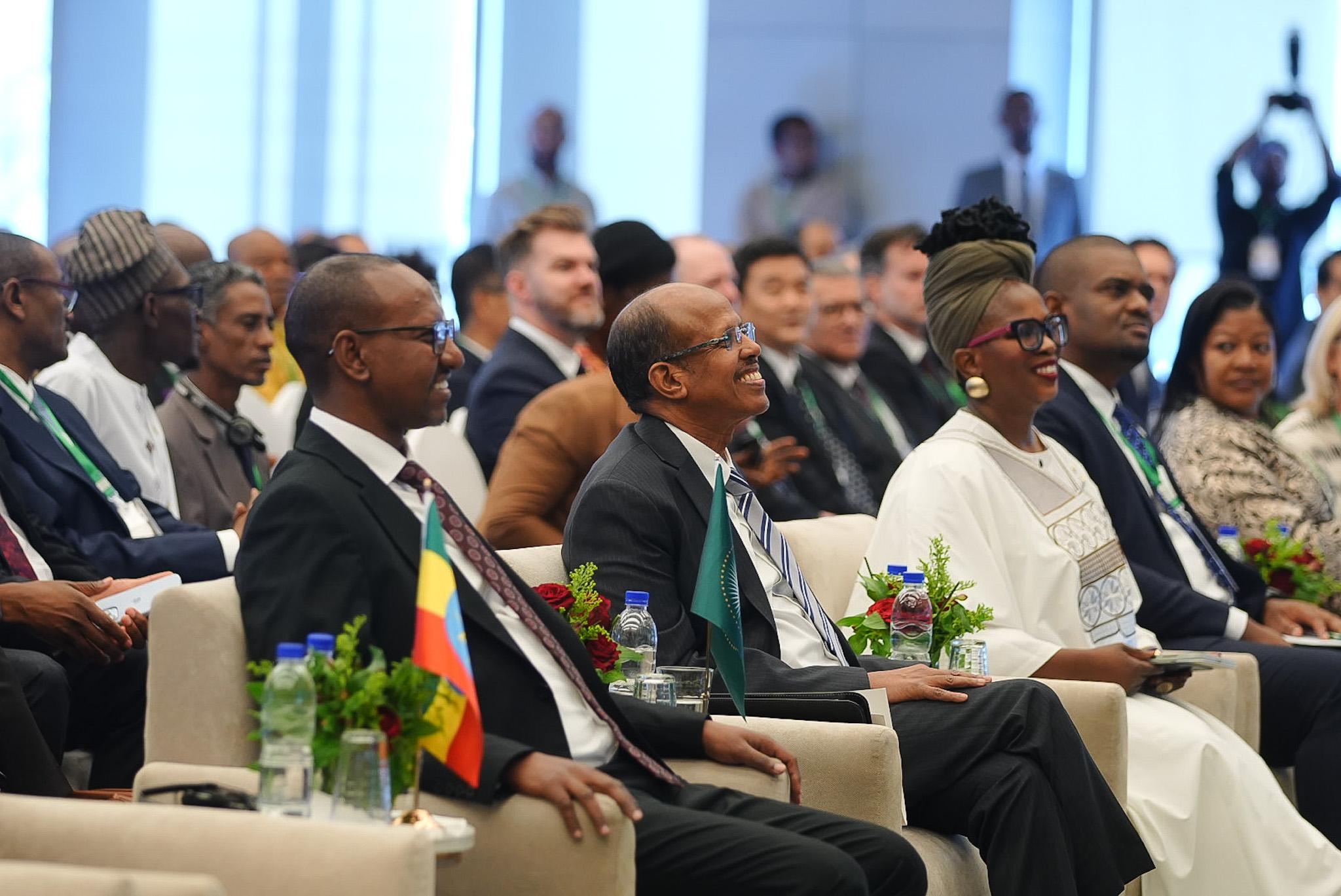
By Kestér Kenn Klomegâh
Africa stands at the cusp of a transformative digital revolution. With the expansion of mobile connectivity, internet penetration, digital platforms, and financial technology, the continent’s digital economy is poised to become a significant driver of sustainable development, intra-Africa trade, job creation, and economic inclusion.
The African Union’s Agenda 2063, particularly Aspiration 1 (a prosperous Africa based on inclusive growth and sustainable development), highlights the importance of leveraging technology and innovation. The implementation of the African Continental Free Trade Area (AfCFTA) has opened a new chapter in market integration, creating opportunities to unlock the full potential of the digital economy across all sectors.
Despite remarkable progress, challenges persist. These include limited digital infrastructure, disparities in digital literacy, fragmented regulatory frameworks, inadequate access to financing for tech-based enterprises, and gender gaps in digital participation. Moreover, Africa must assert its digital sovereignty, build local data ecosystems, and secure cyber-infrastructure to thrive in a rapidly changing global digital landscape.
Against this backdrop, the 16th African Union Private Sector Forum provides a timely platform to explore and shape actionable strategies for harnessing Africa’s digital economy to accelerate intra-Africa trade and sustainable development.
The 16th High-Level AU Private Sector forum is set to take place in Djibouti, from the 14 to 16 December 2025, under the theme “Harnessing Africa’s Digital Economy and Innovation for Accelerating Intra-Africa Trade and Sustainable Development”
The three-day Forum will feature high-level plenaries, expert panels, breakout sessions, and networking opportunities. Each day will spotlight a core pillar of Africa’s digital transformation journey.
Day 1: Digital Economy and Trade Integration in Africa
Focus: Leveraging digital platforms and technologies to enhance trade integration and competitiveness under AfCFTA.
Day 2: Innovation, Fintech, and the Future of African Economies
Focus: Driving economic inclusion through fintech, innovation ecosystems, and youth entrepreneurship.
Day 3: Building Policy, Regulatory Frameworks, and Partnerships for Digital Growth
Focus: Creating an enabling environment for digital innovation and infrastructure through effective policy, governance, and partnerships.
To foster strategic dialogue and action-oriented collaboration among key stakeholders in Africa’s digital ecosystem, with the goal of leveraging digital economy and innovation to boost intra-Africa trade, accelerate economic transformation, and support inclusive, sustainable development.
* Promote Digital Trade: Identify mechanisms and policy actions to enable seamless cross-border digital commerce and integration under AfCFTA.
* Foster Innovation and Fintech: Advance inclusive fintech ecosystems and support innovation-driven entrepreneurship, especially among youth and women.
* Policy and Regulatory Harmonization: Build consensus on regional and continental digital regulatory frameworks to foster trust, security, and interoperability.
* Encourage Investment and Public-Private Partnerships: Strengthen collaboration between governments, private sector, and development partners to invest in digital infrastructure, R&D, and skills development.
* Advance Digital Inclusion and Sustainability: Ensure that digital transformation contributes to environmental sustainability and the empowerment of marginalized communities.
The AU Private Sector Forum has held several forums, with key recommendations. These recommendations provide valuable insights into the challenges and opportunities facing the African private sector and offer guidance for policymakers on how to support its growth and development.
World
Russia’s Lukoil Losses Strategic Influence Across Africa
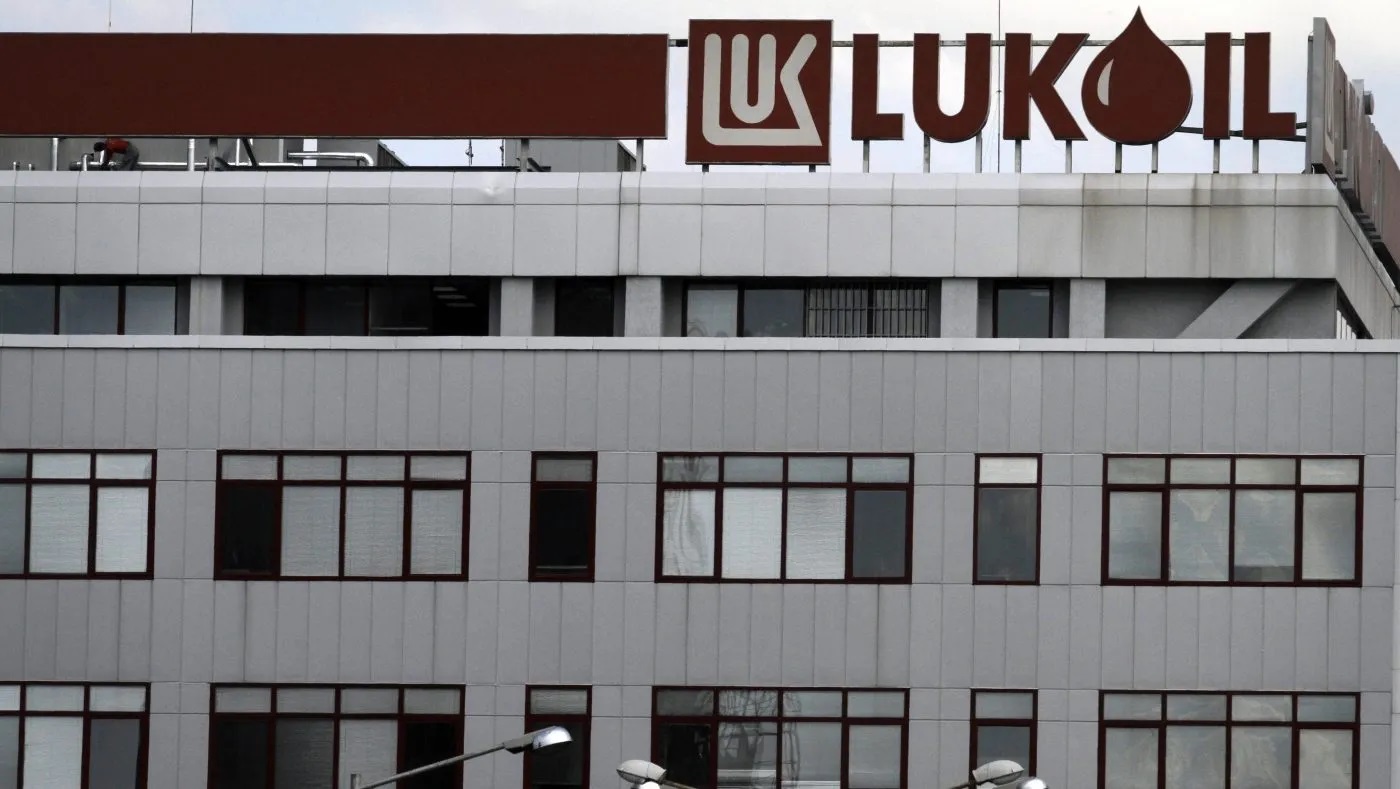
By Kestér Kenn Klomegâh
Lukoil, Russia’s energy giant, has seriously lost its grounds across Africa, due to United States sanctions. Sanctions have complicated the company’s potential continuity in operating its largest oil field projects, grappling its investment particularly in Republic of Ghana, Democratic Republic of Congo, and Federal Republic of Nigeria.
Reports indicated the sanctions are further dismantling most of Lukoil’s operations, causing significant staff layoffs in its offices worldwide. For instance, Lukoil’s significant upstream operations in the Middle East include a 75% stake in Iraq’s West Qurna 2 oilfield and a 60% stake in Iraq’s Block 10 development. In Egypt, the company holds stakes in various oilfields alongside local partners.
Lukoil has until December 13, 2025, to negotiate the sale of most of its international assets, including those in Asia, Africa and Latin America. It has already terminated several important agreements that were signed with international partners due to difficulties in circumventing the sanctions.
Reports said calculated efforts to diversify exploration business relations is turning extremely complex, and current at the cross-roads, Lukoil will have to ultimately give up existing contracts and agreements it had signed with external countries.
Lukoil’s website reports also pointed to reasons for abandoning oil and gas exploration and drilling project that it began in Sierra Leone. According to those reports, Lukoil could withdraw from almost all of the projects in West Africa.
In addition to geopolitical sanctions, technical and geographical hitches, Lukoil noted on its website, an additional obstacles that “the African leadership and government policies always pose serious problems to operations in the region.” Similarly, the Kremlin-controlled Rosneft abandoned its interest in the southern Africa oil pipeline construction, negatively impacted on Angola, Mozambique, South Africa and Zimbabwe.
United States sanctions has hit Lukoil, one of the Russia’s biggest oil companies, like many other Russian companies, that has had a long history shuttling forth and back with declaration of business intentions or mere interests in tapping into oil and gas resources in Africa.
World
Putin Launches RT India Broadcasting
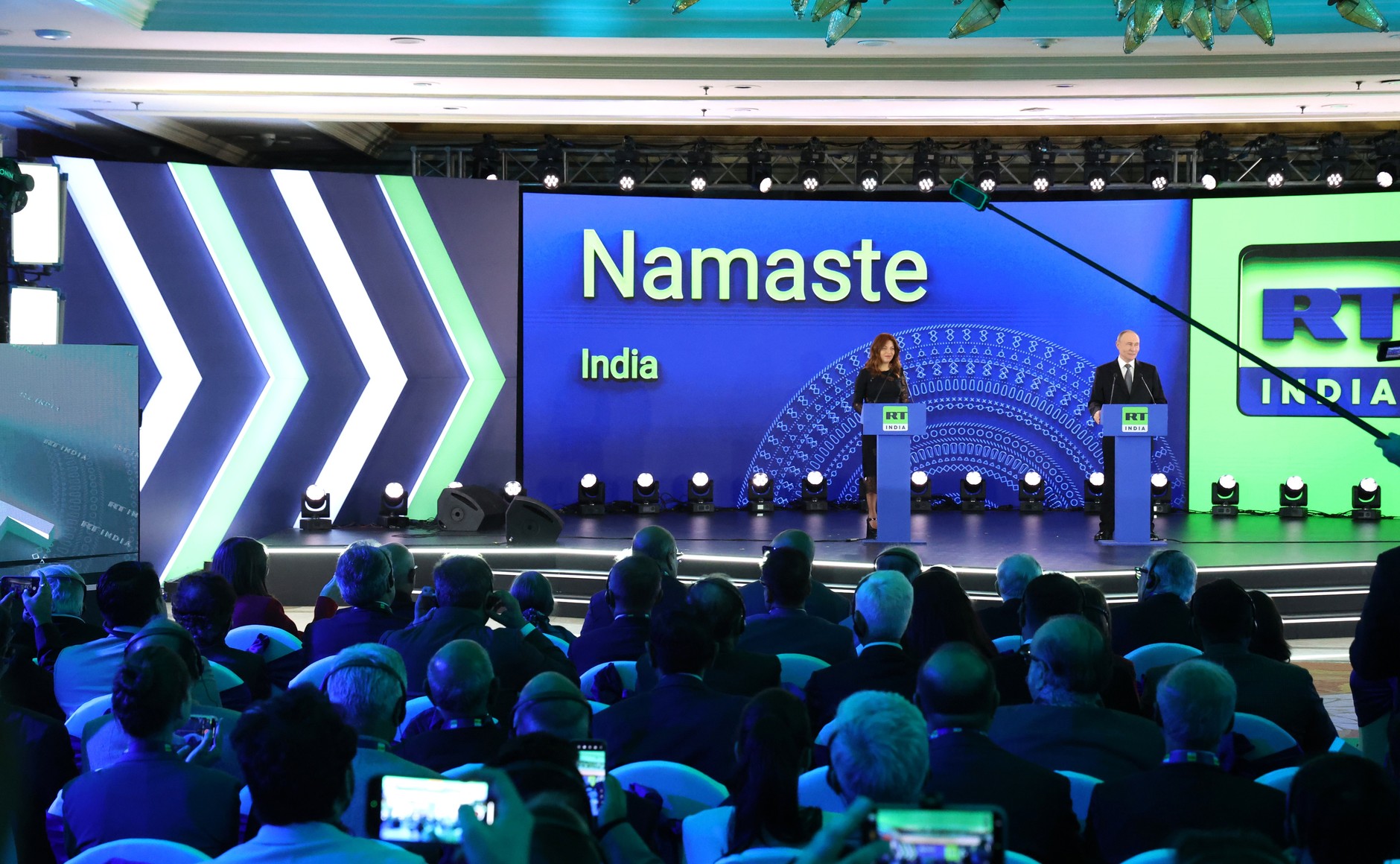
By Kestér Kenn Klomegâh
In New Delhi, President Vladimir Putin, alongside Editor-in-Chief of Russia Today, Margarita Simonyan, took part in the launch ceremony of the RT India TV channel. The TV channel will operate from a new studio complex in New Delhi, marking a new dimension in the bilateral media sphere.
Editor-in-Chief of Russia Today, Margarita Simonyan, indicated that the collaboration, naturally, points to India’s hospitality, affirming that this endeavour was not only worthwhile but long overdue.
Vladimir Putin, officially, launching the TV studio, also emphasized that the Russia Today channel in India, RT India, grants millions of Indian citizens clearer, more direct access into insights about contemporary Russia – the realities, aspirations, and perspectives. He reiterated the existing traditional friendship, and the ties between the Indian and Russian peoples go much deeper into the past; which rests on a solid historical foundation. And at the core of relationship lies mutual interest.
Russia Today is a source of truthful and reliable information, focused on serving the interests of its viewers and listeners. Its main mission is merely to promote Russia, its culture, and its positions on domestic and international issues. Above all, Russia Today strives to convey truthful information about the country and about what is happening in the world. This is the absolute value of Russia Today.
-
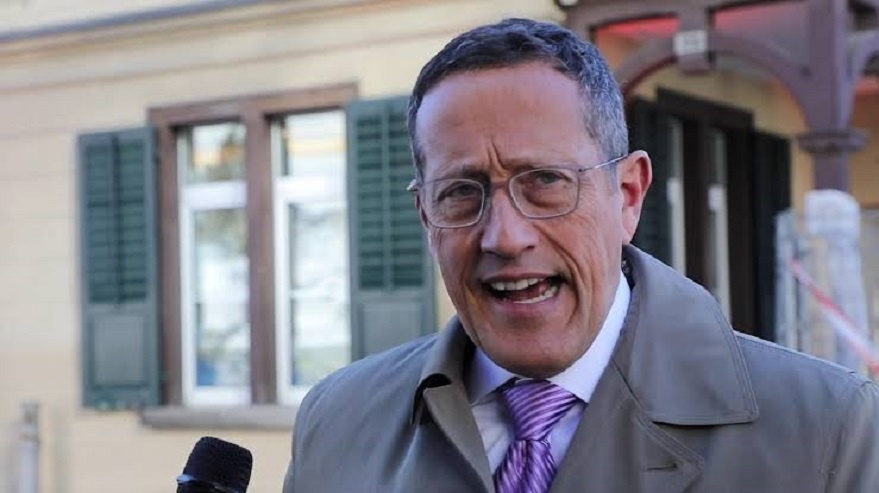
 Feature/OPED6 years ago
Feature/OPED6 years agoDavos was Different this year
-
Travel/Tourism9 years ago
Lagos Seals Western Lodge Hotel In Ikorodu
-

 Showbiz3 years ago
Showbiz3 years agoEstranged Lover Releases Videos of Empress Njamah Bathing
-
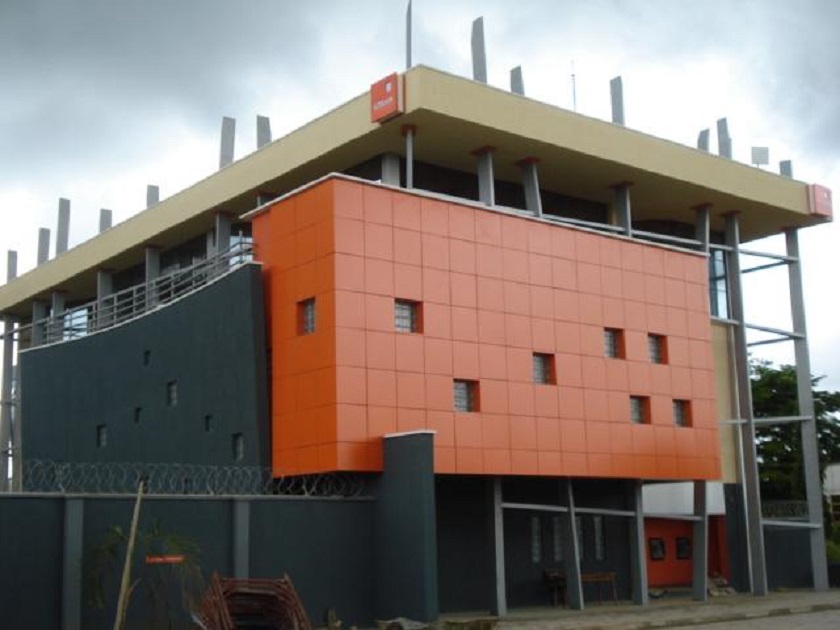
 Banking7 years ago
Banking7 years agoSort Codes of GTBank Branches in Nigeria
-

 Economy3 years ago
Economy3 years agoSubsidy Removal: CNG at N130 Per Litre Cheaper Than Petrol—IPMAN
-
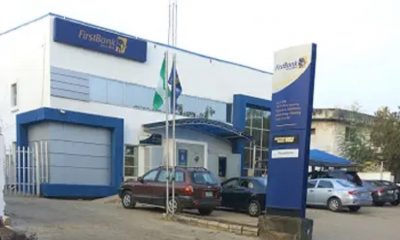
 Banking3 years ago
Banking3 years agoFirst Bank Announces Planned Downtime
-
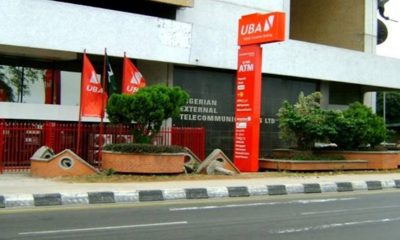
 Banking3 years ago
Banking3 years agoSort Codes of UBA Branches in Nigeria
-

 Sports3 years ago
Sports3 years agoHighest Paid Nigerian Footballer – How Much Do Nigerian Footballers Earn



